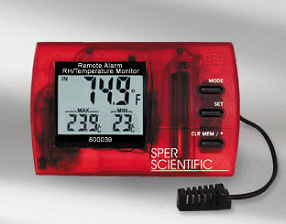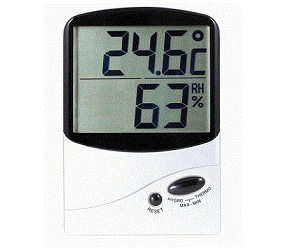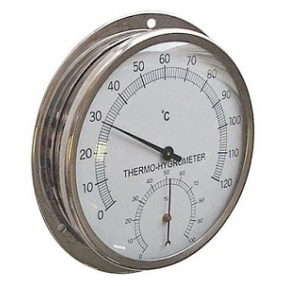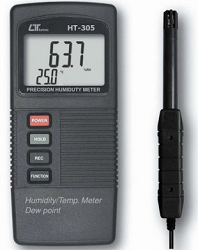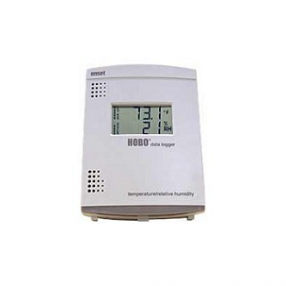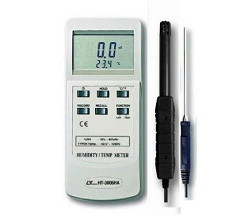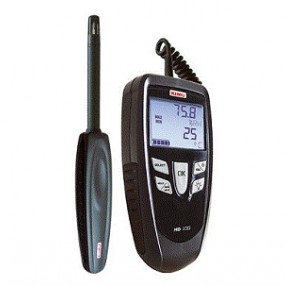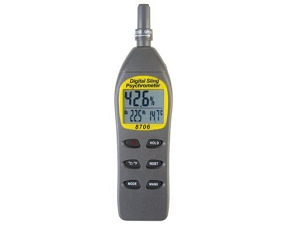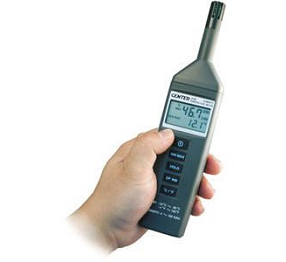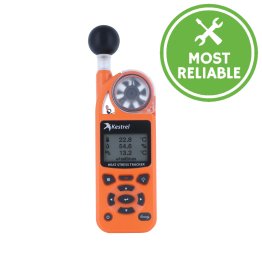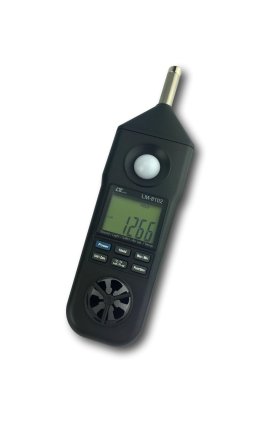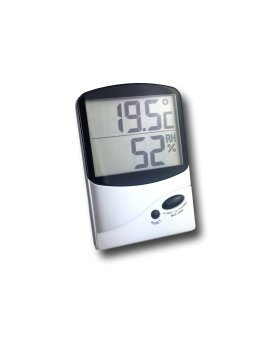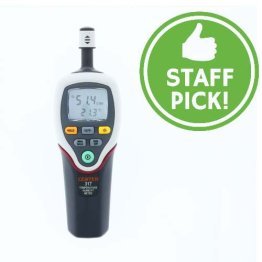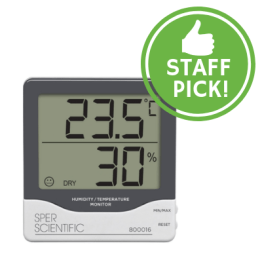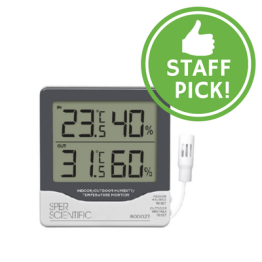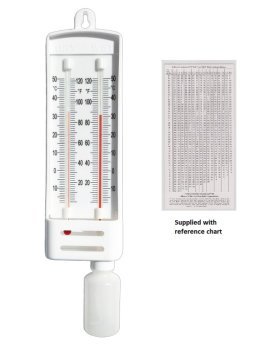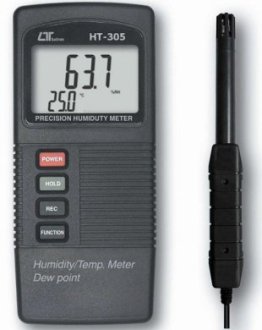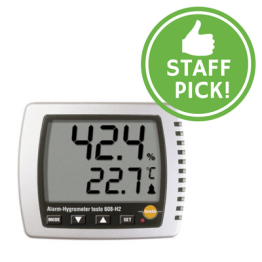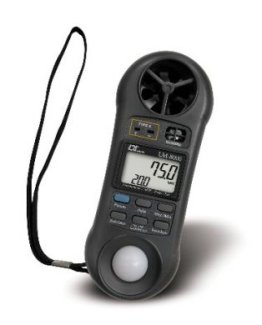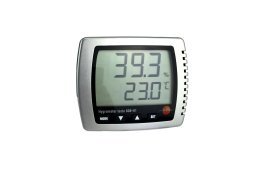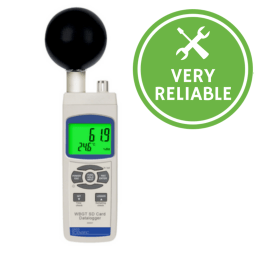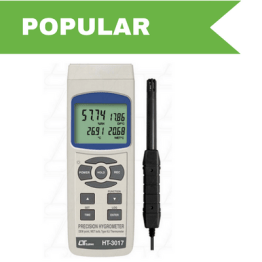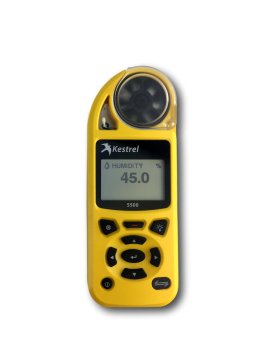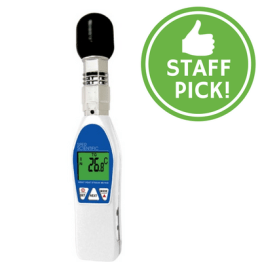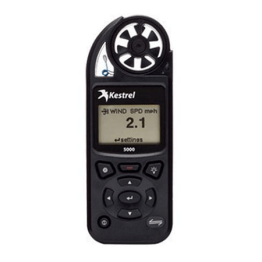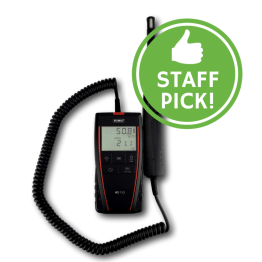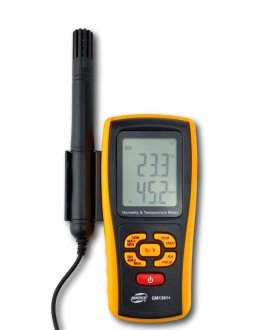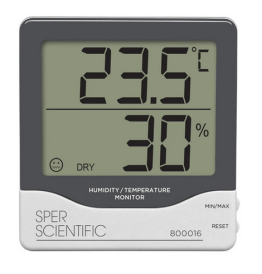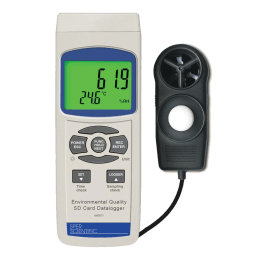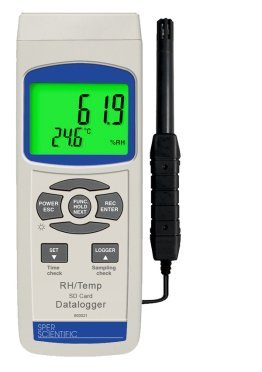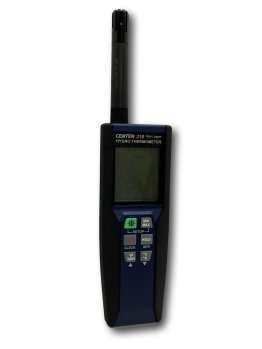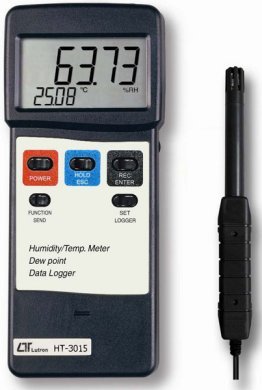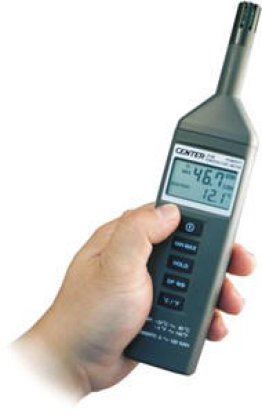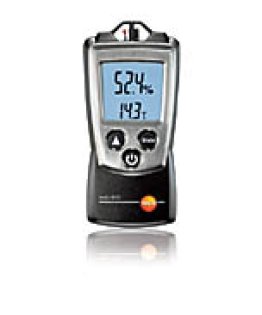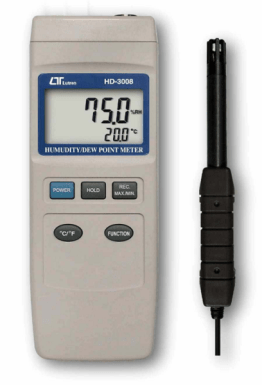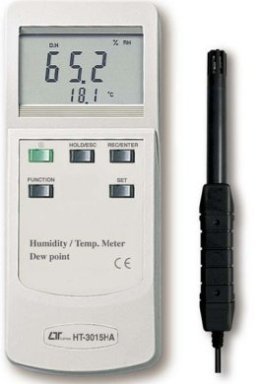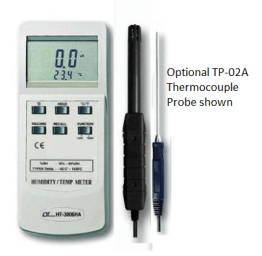Humidity Meters & Hygrometers
$1,268.181
AUD + GST
$1,395.00
AUD Inc. GST
Light, Sound, Anemometer, RH, Temp, Type K Thermocouple input - LM8102
Product code: LM8102
$379.20
AUD + GST
$417.12
AUD Inc. GST
$40.86
AUD + GST
$44.95
AUD Inc. GST
Humidity Temperature Meter (Dew point and Wet bulb) - IC-CENTER317
Product code: IC-CENTER317
$229.80
AUD + GST
$252.78
AUD Inc. GST
$89.40
AUD + GST
$98.34
AUD Inc. GST
$119.80
AUD + GST
$131.78
AUD Inc. GST
$36.00
AUD + GST
$39.60
AUD Inc. GST
$209.30
AUD + GST
$230.23
AUD Inc. GST
Hygrometer, Temperature, Dew Point Meter With Led Alarm - 0560-6082
Product code: 0560-6082
$229.80
AUD + GST
$252.78
AUD Inc. GST
$239.70
AUD + GST
$263.67
AUD Inc. GST
$159.90
AUD + GST
$175.89
AUD Inc. GST
$969.70
AUD + GST
$1,066.67
AUD Inc. GST
$409.30
AUD + GST
$450.23
AUD Inc. GST
$863.636
AUD + GST
$950.00
AUD Inc. GST
$249.90
AUD + GST
$274.89
AUD Inc. GST
$309.20
AUD + GST
$340.12
AUD Inc. GST
$813.636
AUD + GST
$895.00
AUD Inc. GST
$599.30
AUD + GST
$659.23
AUD Inc. GST
$179.80
AUD + GST
$197.78
AUD Inc. GST
$169.20
AUD + GST
$186.12
AUD Inc. GST
$569.40
AUD + GST
$626.34
AUD Inc. GST
Kestrel 5200 Professional Environment Meter with Link - IC-0852LHVG
Product code: IC-0852LHVG
$840.909
AUD + GST
$925.00
AUD Inc. GST
$659.40
AUD + GST
$725.34
AUD Inc. GST
$489.50
AUD + GST
$538.45
AUD Inc. GST
$380.00
AUD + GST
$418.00
AUD Inc. GST
$189.60
AUD + GST
$208.56
AUD Inc. GST
$269.20
AUD + GST
$296.12
AUD Inc. GST
$429.90
AUD + GST
$472.89
AUD Inc. GST
$349.20
AUD + GST
$384.12
AUD Inc. GST
$309.20
AUD + GST
$340.12
AUD Inc. GST

